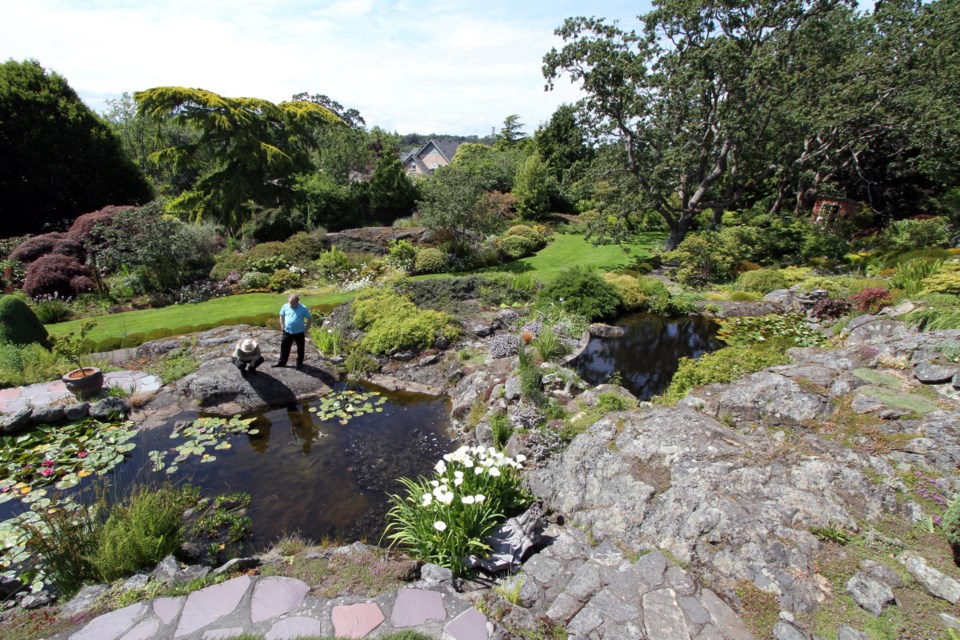The Land Conservancy of British Columbia is officially on its way to climbing out of its financial quagmire after its survival plan won court approval Thursday.
“It’s a fait accompli. We’ve done it,” a jubilant John Shields, director of operations, said after a hearing in B.C. Supreme Court in Vancouver. “We’ve been struggling uphill for so long ... to have actually gotten over the top is an elating experience.”
The non-profit’s debt is just over $8 million. All creditors will be paid back in full, Shields said. The plan calls for three stages of repayment. It also includes Land Conservancy supporters forgiving more than $1 million in debt.
The plan allows the 18-year-old Victoria-based organization to sell or transfer properties without having to go to court for approval, Shields said. It requires The Land Conservancy to post notice of a pending ownership change 14 days in advance. If there is no opposition, then the title can change hands. If there is an issue, then the matter will go to court.
The new path for The Land Conservancy is in stark contrast to the state of the organization in 2009 and 2010. That’s when disagreements boiled over about its financial management and bitter divisions erupted among members. Three board members quit.
Then-executive director Bill Turner defended the practice of buying properties with mortgages and borrowing from TLC projects to cover operating costs.
Despite subsequent efforts to pare costs and balance budgets, The Land Conservancy was unable to get out of debt on its own. In October 2013, it entered creditor protection and the court appointed a monitor to find a way to settle debts and craft a plan to keep the land trust alive in the long term. That meant agreeing to let go of the majority of its 50 properties, each with ecological or heritage values. The properties are located around B.C.
Court also approved Thursday the sale of the organization’s ownership share of Maltby Lake in Saanich, with the condition that it be protected.
A key part of the plan for the future involves a partnership between the Nature Trust of B.C. and the Nature Conservancy of Canada that will see them pay $1.5 million for 28 properties.
In the end, The Land Conservancy will own only a few sites, such as Abkhazi Garden in Victoria and Madrona Farm in Saanich. It will hold on to more than 200 protective covenants around B.C.
Talks are underway that could lead to the Capital Regional District taking ownership of the Sooke Potholes campground, which may be managed by the T’Sou-ke First Nation, Shields said.
Shields is hoping the revamped organization will win the public’s trust. Membership stands somewhere between 2,000 and 3,000.
Now that the court has approved the plan, the monitor will not be as involved in day-to-day operations, he said.
The Land Conservancy has adopted a new way of doing business. The goal is to work with land owners to help them obtain protective covenants. If the organization does acquire a property it would do so if it was in danger and then would only hold it on an interim basis, Shields said.
Paying off its debts will remove a dark cloud over the land conservancy that also affected other land trusts, he said.
The plan for the future, “gives the TLC a new mandate and a new way of protecting properties without necessarily owning them.”



